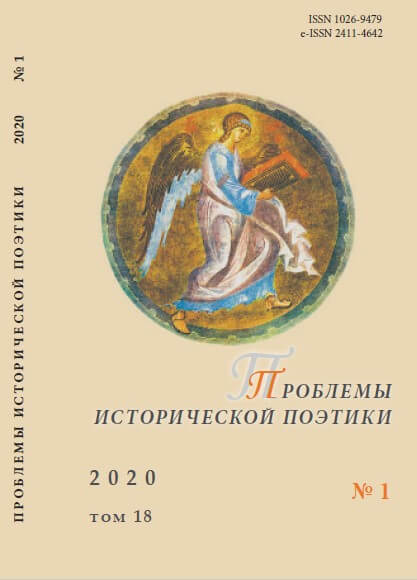Логическая основа художественного текста, или Что скрывает Порфирий Петрович в «Преступлении и наказании» Ф. М. Достоевского?
The Logical Basis of a Literary Text, or What Does Porfiry Petrovich Hide in F. M. Dostoevsky’s “Crime and Punishment”?
Author(s): Valentina E. VetlovskayaSubject(s): Russian Literature, Criminology, 19th Century, Theory of Literature
Published by: Петрозаводский государственный университет
Keywords: Pushkin; Dostoevsky; criticism; logic of the text; motif; complexes of motifs; reception; understatement; crime; investigation; evidence; “tradesman in a dressing gown”;
Summary/Abstract: The article explores the role of logical connections in an epic text. It is these connections, according to the author of the article, that connect the individual components of the narrative (motifs, complexes of motifs) and make up in the reader’s perception for the missing elements. The reticence and failures to mention, common in fiction, appear in the narrative for various reasons. Sometimes due to the aesthetic principles of the writer who prefers ambiguity to a completed statement depriving readers of the opportunity to finish thinking over a vague idea. And sometimes, due to the author’s conviction that there is no need to explain the idea implied by what has been earlier said. But it also happens that the omissions in the narrative are engendered by the requirements for the presentation of a chosen topic, for example in crime fiction. But these reasons may go together as it occurs in Crime and Punishment. These ideas are illustrated by the analysis of one of the themes of the novel Crime and Punishment.
Journal: Проблемы исторической поэтики
- Issue Year: 18/2020
- Issue No: 1
- Page Range: 239-259
- Page Count: 21
- Language: Russian

